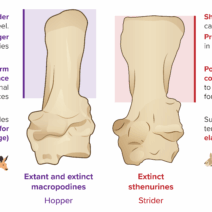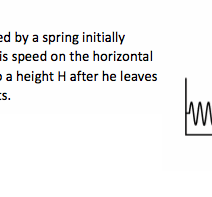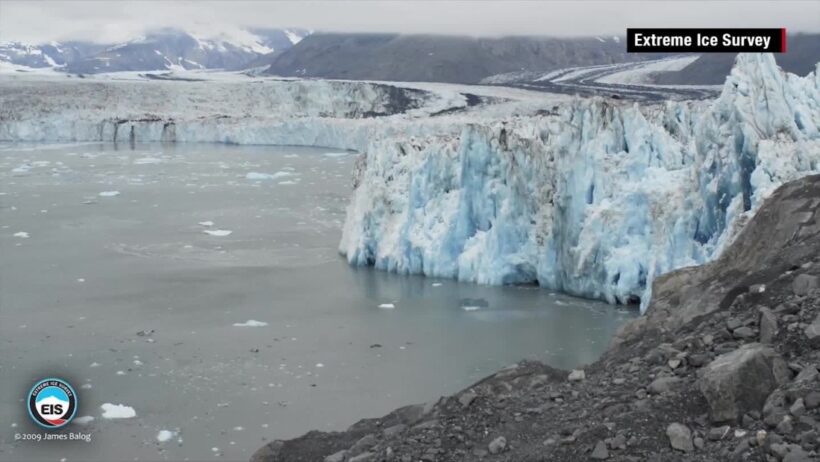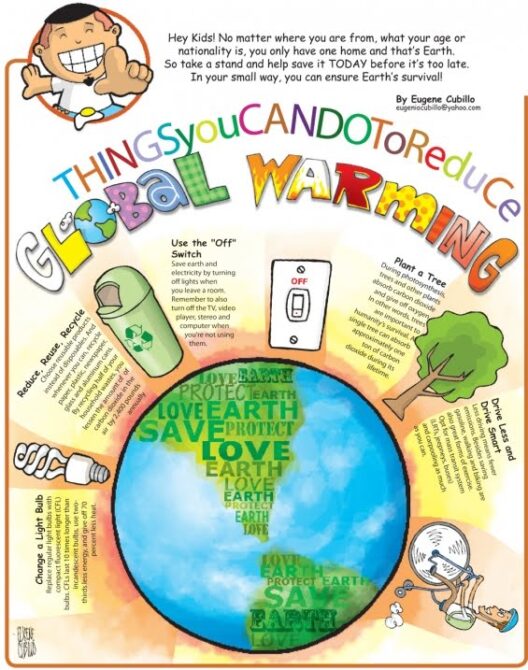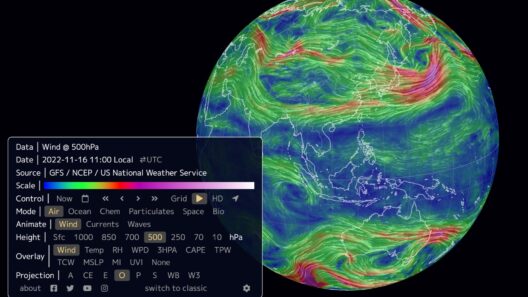Global warming, the phenomenon of escalating temperatures predominantly attributed to anthropogenic activities, has profound implications for Earth’s climate systems. While one might assume that rising global temperatures are synonymous with unceasing warmth, a paradox emerges within this narrative: the potential for global warming to usher in another ice age. This perspective might seem counterintuitive, but the relationship between increased greenhouse gas emissions and the complex dynamics of Earth’s climate is anything but straightforward.
At first glance, the concept of global warming leading to an ice age may appear as a contradiction. After all, the term ‘ice age’ evokes images of frigid landscapes and glacial expanses—elements seemingly at odds with the idea of a warming planet. However, the Earth’s climate is governed by an intricate web of interactions involving atmospheric chemistry, ocean currents, solar radiation, and geological processes. To unravel this paradox, one must consider several key factors that illustrate how a warming world could inadvertently pave the way for frigid conditions.
One pivotal aspect lies in the phenomenon known as the “thermohaline circulation,” often referred to as the ocean’s conveyor belt. This vast system of ocean currents plays a critical role in regulating climate by redistributing heat around the globe. The interplay between warmer surface waters and colder deep-sea currents is essential for maintaining climatic stability. Should global temperatures rise significantly, the melting of polar ice caps and glaciers will introduce vast quantities of freshwater into the oceans. This influx can disrupt the salinity balance that drives thermohaline circulation, potentially leading to dramatic shifts in climate patterns.
Moreover, the melting of the Greenland ice sheet exemplifies this process. The reduction of ice cover not only contributes to rising sea levels but may also interrupt the flow of the Gulf Stream—an essential current that warms the North Atlantic region. Should the Gulf Stream weaken, areas such as Western Europe could experience significant cooling, resulting in conditions reminiscent of an ice age, even as the planet overall warms. This delineation between regional cooling and global warming emphasizes the non-linear dynamics that characterize our climate system.
The interplay between ice and climate serves as a reminder of the delicate balance that exists within Earth’s ecosystems. Ice reflects sunlight, helping to regulate temperatures. As global temperatures rise, ice cover diminishes, resulting in less reflection and increased heat absorption by the oceans, fostering a feedback loop that perpetuates warming. However, if significant ice melt disrupts thermohaline circulation, the consequences could be severe, leading to abrupt climatic shifts characterized by localized cooling.
This potential for abrupt climate transitions evokes concerns among scientists regarding the thresholds within the climate system. Past geological records reveal instances where Earth has transitioned from warm interglacial periods to ice ages within relatively short timescales, often in response to shifts in the Earth’s orbit, axial tilt, and atmospheric composition. Such historical precedents illustrate the susceptibility of the climate system to rapid changes triggered by seemingly minor perturbations. Thus, even with increasing global temperatures, the possibility of sudden cooling events cannot be dismissed.
The role of feedback mechanisms, such as the release of methane from thawing permafrost, further complicates the climate picture. Methane is a potent greenhouse gas, with a global warming potential significantly greater than carbon dioxide in the short term. As the Earth warms, permafrost melting is accelerated, potentially releasing vast amounts of methane into the atmosphere. While this contributes to further warming, the feedback loops could trigger a cascade of events leading to destabilization of current climate patterns, simultaneously fostering conditions that could induce regional cooling.
Moreover, volcanic activity warrants consideration when assessing the responses of the climate system. Large-scale eruptions can inject significant volumes of ash and sulfur dioxide into the atmosphere, which can lead to temporary cooling by reflecting solar radiation away from the Earth’s surface. A notable example is the 1991 eruption of Mount Pinatubo, which resulted in a noticeable global temperature drop in the years following the eruption. Thus, the unpredictability of natural events adds another layer of complexity to climate predictions, revealing that a warming world may still be susceptible to sudden and severe cooling events.
Implications for biodiversity and species survival are of paramount importance in examining these climate dynamics. Rapid shifts between warm and cold periods can disrupt ecosystems, challenge species adaptation abilities, and lead to mass extinctions. Marine life, in particular, could face dire consequences as ocean temperatures fluctuate, affecting species distributions and food webs. The intimate connection between climate stability and biodiversity underscores the urgent need to understand and mitigate the potential for dramatic climate shifts.
In conclusion, contemplating the paradox of global warming potentially causing an ice age invites a profound shift in perspective regarding climate change. The relationship is neither linear nor easily interpreted; it traverses a labyrinth of interactions among ocean currents, atmospheric dynamics, and ecological responses. While the scientific community continues to unravel the complexities of climate systems, the potential for regional cooling amid a warming globe serves as a poignant reminder of the interconnectivity of natural phenomena. Understanding these dynamics is integral to informing climate policies and fostering a proactive response to one of humanity’s most pressing challenges. In a world defined by uncertainty, the convergence of warming and cooling offers a critical lens through which we can grasp the nuanced prospects of our planet’s climatic future.
